


What doesn't kill us makes us stronger
Stress Tolerance and Homeostasis Research Group, Leibniz Institute on Aging – Fritz Lipmann Institute
"What doesn't kill us makes us stronger" is the motto of the project of the PhD student Asya Martirosyan, who is looking into stress tolerance to certain substances or treatments. She investigates how mitochondria, the power houses of the cell, response to UV radiation. Her model organism is the nematode Caenorhabditis elegans, which she has subjected to the ORO (Oil-red-O) technique. This technique was originally used in forensics to make fingerprints visible. Here, it is used to stain fat droplets in nematodes to learn about their metabolism. Similarly, the process of ageing puts cells under stress, so findings from stress tolerance research can help preserve cells and organs during ageing.
© Asya Martirosyan

What doesn't kill us makes us stronger
Stress Tolerance and Homeostasis Research Group, Leibniz Institute on Aging – Fritz Lipmann Institute
"What doesn't kill us makes us stronger" is the motto of the project of the PhD student Asya Martirosyan, who is looking into stress tolerance to certain substances or treatments. She investigates how mitochondria, the power houses of the cell, response to UV radiation. Her model organism is the nematode Caenorhabditis elegans, which she has subjected to the ORO (Oil-red-O) technique. This technique was originally used in forensics to make fingerprints visible. Here, it is used to stain fat droplets in nematodes to learn about their metabolism. Similarly, the process of ageing puts cells under stress, so findings from stress tolerance research can help preserve cells and organs during ageing.
© Asya Martirosyan